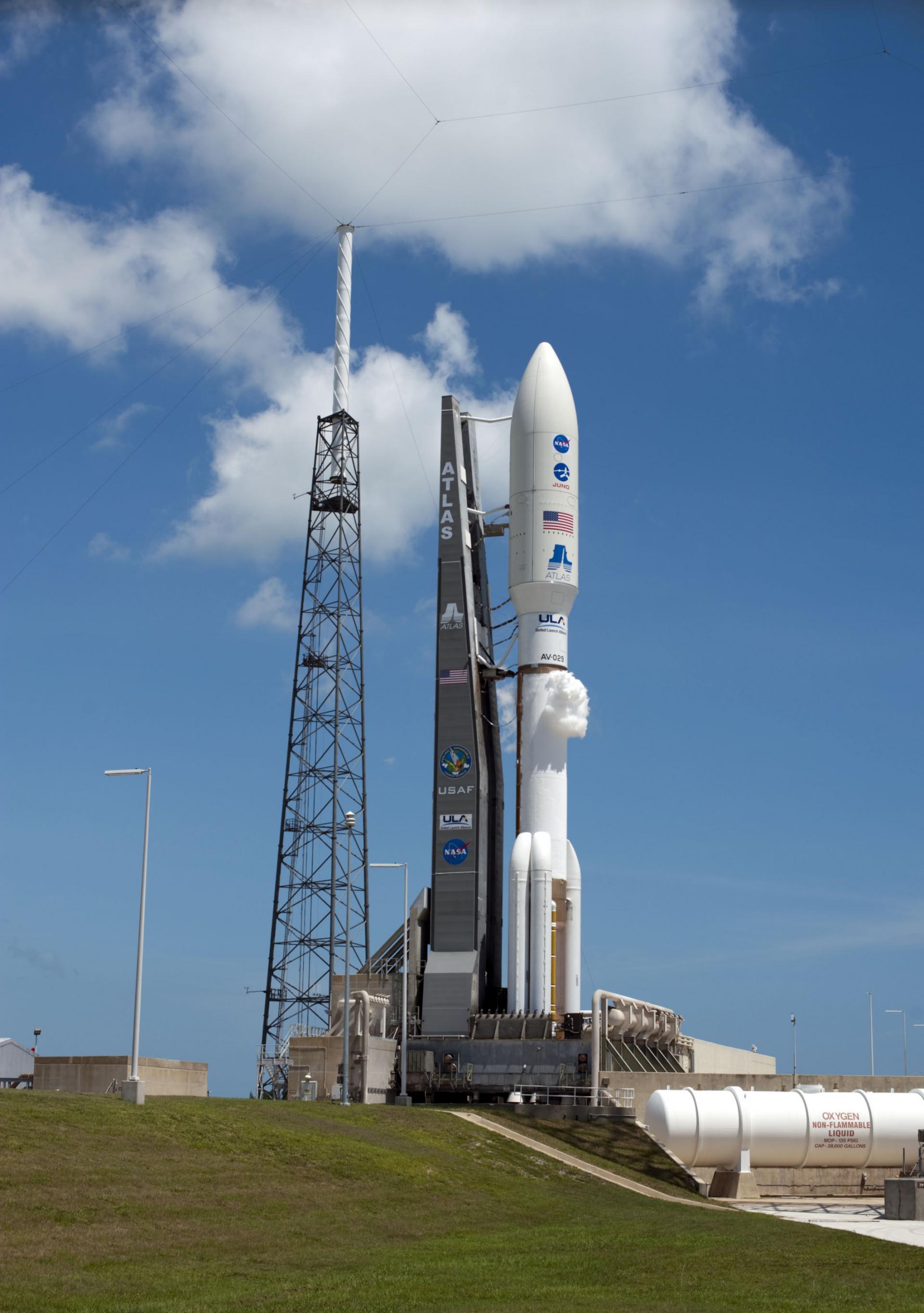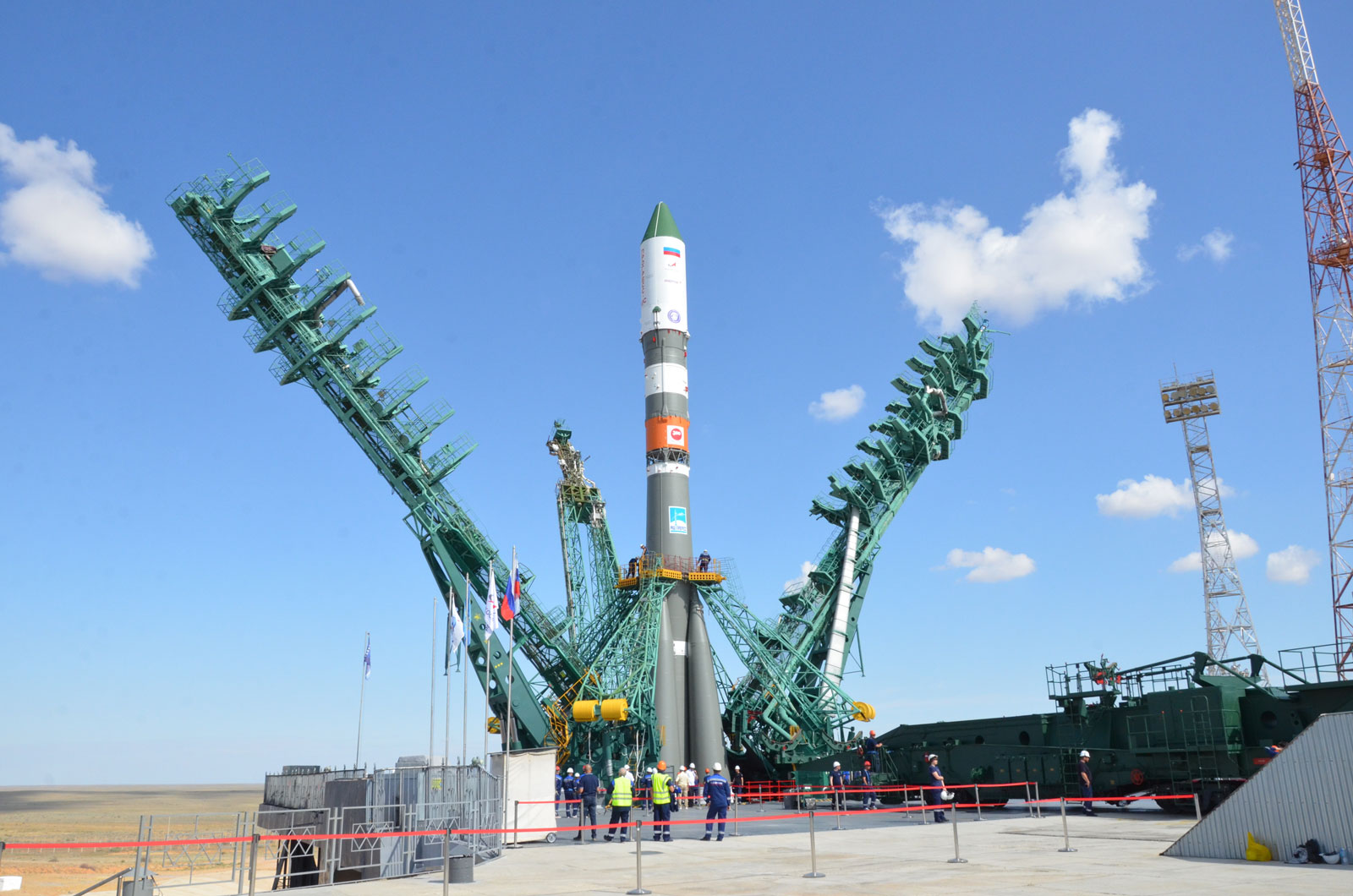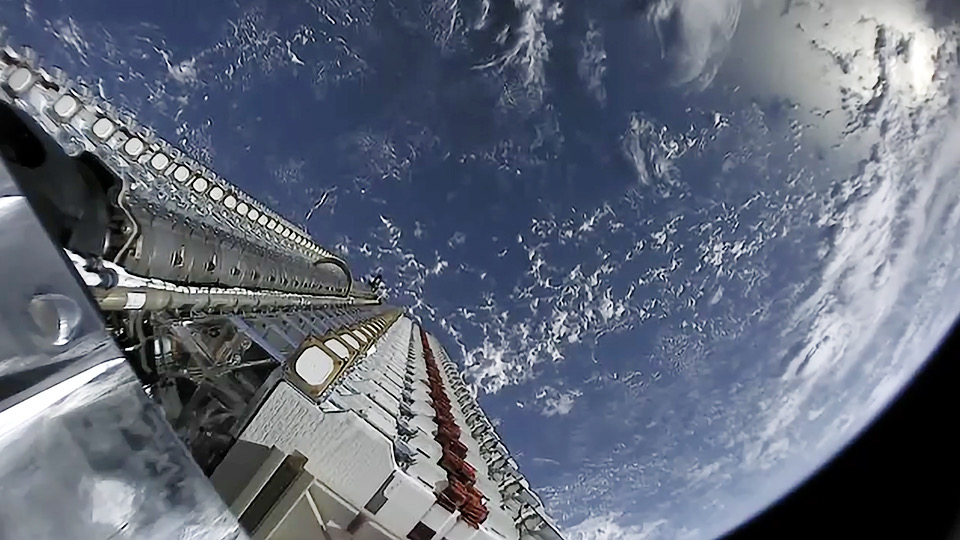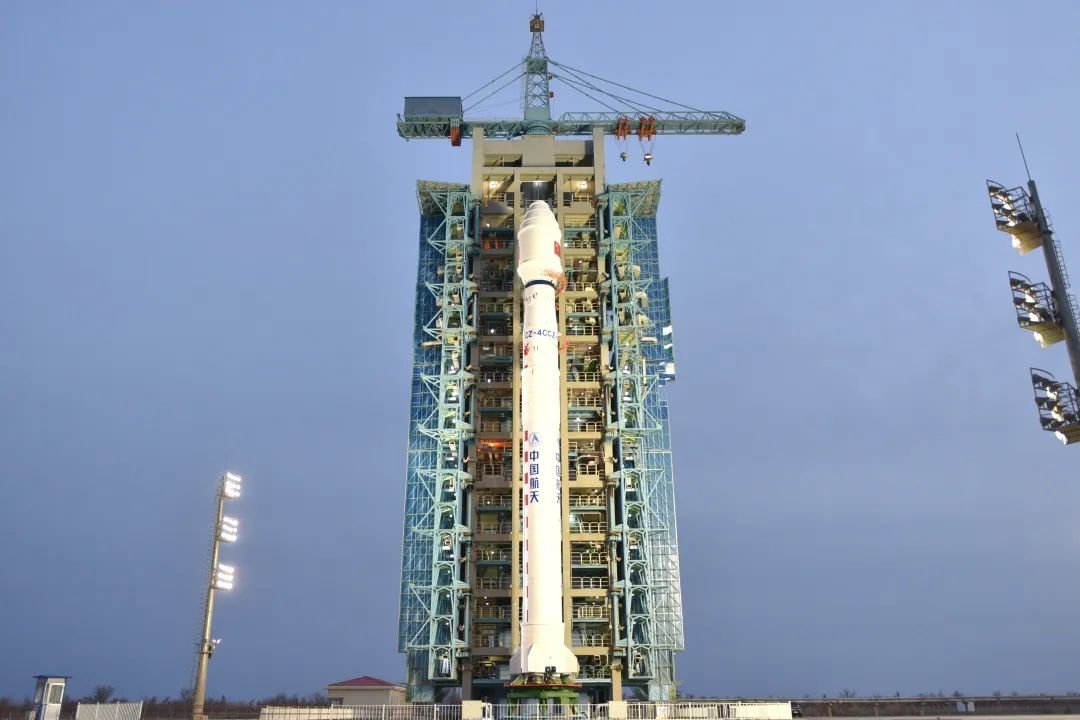· space brief · 4 min read
Space Brief 17 Apr 2025
Today's brief covers the redeployment of decommissioned missile technologies to orbital duties, Germany's plans for a sovereign communications network, and fresh developments in hypersonic testing through Rocket Lab.

📄Top Stories
Repurposed missile technology continues to expand its reach as a Minotaur IV rocket launches classified U.S. satellites. Germany’s military eyes a Starlink-like system for secure communications, avoiding reliance on external networks. Meanwhile, Rocket Lab secures major defense contracts to propel hypersonic testing capabilities forward.
📰Detailed Coverage
Minotaur IV Launches Classified Payloads
A Minotaur IV rocket, originally purposed as an intercontinental ballistic missile, executed a successful launch from California’s Vandenberg Space Force Base. The mission, conducted on April 16, delivered multiple classified satellites for the U.S. National Reconnaissance Office into orbit, showcasing an innovative use of decommissioned military technology.
This launch underscores the evolving landscape of aerospace capabilities where military assets are transitioned for space applications. Such activities are critical for enhanced satellite tracking and maintaining national security through sustained observation.
Read the full story: Space.com
Germany Plans Starlink-like Satellite Constellation
Following the global trend of creating autonomous communication networks, the German military is planning its landing among the stars with a new satellite constellation. Similar in vision to SpaceX’s Starlink, this proposed network aims to secure German military communications independently of ubiquitous commercial offerings.
Such a development highlights not only the strategic imperative for nations to maintain sovereignty over their communications but also the increasing relevance of building dedicated defense infrastructure in space. Satellite tracking capabilities are integral in running and securing these networks.
Read the full story: Space.com
Rocket Lab Advances Hypersonic Testing
Rocket Lab USA, recognized for its global launch services, has been appointed for substantial defense initiatives in hypersonic technology advancement. By employing its HASTE launch vehicle, the company is aiding both the U.S. and U.K. in propelling initiatives that explore the boundaries of hypersonic flight.
Hypersonic technology necessitates precise tracking and rigorous testing, which Rocket Lab’s expertise in engineering and launch capability provides crucial support for. This partnership is primed to improve time-sensitive and high-velocity military operations in challenging scenarios.
Read the full story: Space Daily
🛰️Satellite Spotlight
- Satellite Name: GSAT-3 (EDUSAT)
- NORAD ID: 28417
- Launch Date: 2004 Sep 20
- Mission: Experimental Communication
- Orbit: Inclination 10.5249°, Period 1,452 minutes, Eccentricity close to 0
- Operator: ISRO
- Fun Fact: GSAT-3, also known as EDUSAT, is India’s first satellite dedicated to the educational sector, enabling remote access to educational resources.
Current TLE Data:
1 28417U 04036A 25105.27544865 -.00000168 00000+0 00000+0 0 9993
2 28417 10.5249 44.8897 0002600 153.5949 37.9232 0.99266114 74868Track this satellite in real-time on our web app: Track GSAT-3 (EDUSAT)
Upcoming Space Launches
April 18
- China Aerospace Science and Technology Corporation Long March 4B:
- Unknown Payload from Taiyuan Satellite Launch Center, People’s Republic of China (22:44 UTC)
April 19
- SpaceX Falcon 9 Block 5:
- NROL-145 from Vandenberg SFB, CA, USA (10:41 UTC) Tenth batch of satellites for a reconnaissance satellite constellation for the National Reconnaissance Office.
April 21
- SpaceX Falcon 9 Block 5:
- Dragon CRS-2 SpX-32 from Kennedy Space Center, FL, USA (08:15 UTC) 32nd commercial resupply services mission to the International Space Station, bringing critical materials for science and research investigations.
April 22
- SpaceX Falcon 9 Block 5:
- Bandwagon 3 (Dedicated Mid-Inclination Rideshare) from Cape Canaveral SFS, FL, USA (01:00 UTC) Dedicated rideshare flight to a mid-inclination orbit with dozens of small microsatellites and nanosatellites.
April 24
- SpaceX Falcon 9 Block 5:
- Starlink Group 11-9 from Vandenberg SFB, CA, USA (22:22 UTC) A batch of satellites for the Starlink mega-constellation for space-based Internet communication.
April 25
- SpaceX Falcon 9 Block 5:
- Starlink Group 6-74 from Cape Canaveral SFS, FL, USA (01:32 UTC) Another batch of satellites for the Starlink mega-constellation for space-based Internet communication.
April 27
- Firefly Aerospace Firefly Alpha:
- FLTA006 (Message in a Booster) from Vandenberg SFB, CA, USA (13:37 UTC) Demonstration mission for Lockheed Martin’s new LM400 satellite bus.
April 29
- Arianespace Vega-C:
- Biomass from Guiana Space Centre, French Guiana (09:15 UTC) European Space Agency mission to measure carbon density in global forests.
April 30
- United Launch Alliance Atlas V 551:
- Project Kuiper (KA-01) from Cape Canaveral SFS, FL, USA (00:00 UTC) Project Kuiper mega constellation of satellites for broadband internet access.
Note: Launch dates and times are subject to change due to technical or weather considerations.

Maurice Stellarski





